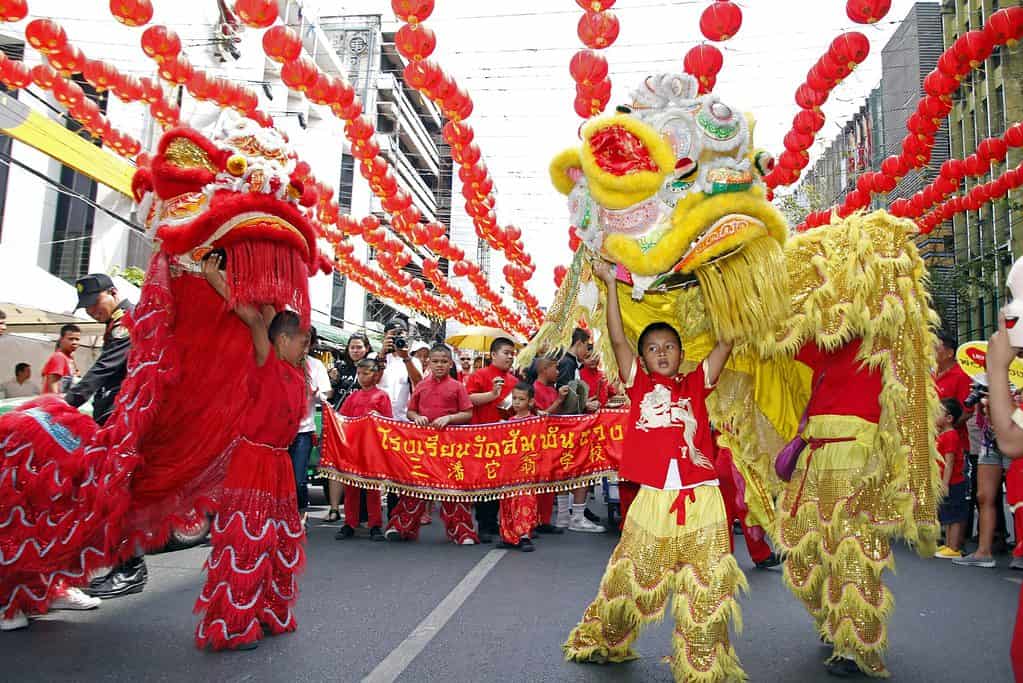Every year, Chinese workers travel to their hometowns for the Lunar New Year – also known as the Spring Festival. It’s such a big celebration that it’s basically the largest short-term periodic human activity variation on Earth, with almost three billion journeys. In fact, a new study has shown that the migration is so massive that the temperature in many of China’s largest cities actually drops down temporarily.

In cities, the air, surface, and soil temperatures are usually warmer than in rural areas. This is known as the Urban Heat Island (UHI) effect, and it’s mostly caused by the background climate and by the heat released from human activities — from cars to air conditioning. A study last year found cities can be 10C-15C warmer than their rural surroundings.
Worldwide, over half of the people live in cities, and this figure is expected to increase in the coming years. In China, the world’s second-largest economy, about 65% of the total population already lives in cities. While urbanization is less advanced in Western or Central China, in most coastal regions in eastern China over two-thirds live in cities. During the holiday season, many of these people travel to see their family and friends.
Researchers at Nanjing University looked at satellite data and on-the-ground temperature data and found a significant difference in temperature in cities in China as a result of the mass migration of the Spring Festival. Urban temperatures dropped by 0.35C degrees (0.63 degrees Fahrenheit) on average during the winter celebrations.
“Many people leave megacities, such as Beijing and Shanghai, to travel to small cities and rural areas for traditional family gatherings,” Zihan Liu, the study’s co-author, said in a statement. “This mass human migration from large cities results in abruptly decreased anthropogenic heat-generating activities that noticeably impact urban climate.”
Fewer people, lower temperature
While previous studies have found reductions in urban temperatures during the Lunar New Year in cities such as Beijing and Shanghai, these were limited in terms of the number of cities they covered and the number of weather stations analyzed, the researchers said. That’s why they now decided to cover a total of 31 cities in China.
They picked 31 megacities (with a population of over 10 million people) located in different background climates and used a newly installed meteorological observation network with more than 3,000 stations. They then examined the variations in the urban heat island effect, looking at changes in background climate and human activity.
Using the hourly air temperature data from the network as well as satellite data from 2017 to 2019, they found that the reduction in human activity during the New Year was enough to lower the average urban heat island effect by 33%. This was less visible in the outskirts of the city, suggesting bigger cities have a larger effect on temperature.
“Future works should pay more attention to citizens living in the city center with disproportionately higher heat exposure, an incidental consequence of the intra-city distribution of anthropogenic heat-generating activities in cities,” the researchers wrote, suggesting that a summer migration could also make a difference in cities.
The study was published in the journal Geophysical Research Letters.









